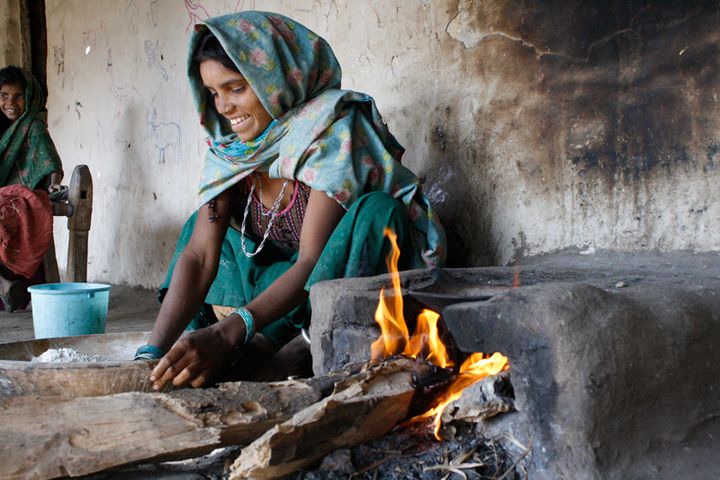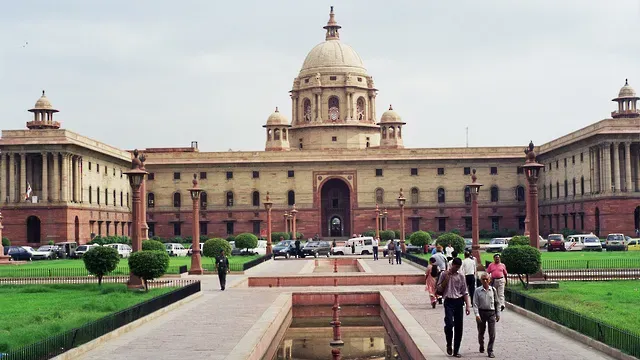2023: India's new year in energy and climate
Experts analyse the top risks and opportunities for the year ahead.

Happy new year and welcome to the first 2023 edition of Lights On, a newsletter that brings you the key stories and exclusive intel on energy and climate change in South Asia.
Today I am writing from my hometown Bologna, where I spent New Year’s Eve, but I’ll be back in Delhi in a week. A reminder that the easiest -and free - way you can support this newsletter's growth is by sharing it with your colleagues and inviting them to subscribe. You can share a link using the button below or forward this email directly. It takes a minute but it makes a big difference.
Bologna, Italy - Perhaps even more than with the biggest pandemic in recent history, last year’s disasters opened our eyes to the fragility of our world. While the Covid pandemic ultimately unified nations against a common threat, 2022 laid bare the vulnerability of our economic and physical systems in the face of compounding dangers such as war and climate change. After the Russian invasion of Ukraine and the shockwaves it sent through the global economy, few will be surprised by the impacts of a distant conflict on their energy prices, food security and on global trade.
And after the disastrous floods in Pakistan that killed over 1700 people and caused over $30 billion of damages and economic losses, few can dispute that climate change comes with a bill we must foot now, and cannot relegate to a vague future anymore.
In 2023 we wake up to a more complex and dangerous world, one in which more than ever the idea of climate change as a “threat multiplier” makes urgent sense. How will India, and in turn South Asia, respond to the interconnected challenges that come with faltering world peace, an unstable global economy and the growing impacts of climate change?
Today, three prominent experts and long time friends of this newsletter share their takes on the number one risk India should get ready for as it enters 2023, and the biggest opportunity it shouldn’t pass up.
Aniruddh Mohan, energy and climate researcher at Princeton University’s Andlinger Center for Energy and the Environment
The number one risk I envisage is that India is increasingly caught up in the hydrogen mania that’s in vogue globally. Until India cleans up its electricity grid, it makes little sense to devote precious power capacity to producing hydrogen, as this will not reduce emissions. Industrial policy and FOMO, not climate policy, is driving the Indian government’s focus on hydrogen.
The number one opportunity for India is in the global capital markets. With developed economies possibly heading into recession in 2023, and Covid disrupting China’s economy, India can really benefit from capital inflows. With the right incentives in place, this capital can go towards domestic innovation in green technologies like energy storage, electric vehicles, and carbon removal.
Vibhuti Garg, energy economist and South Asia director at the Institute for Energy Economics and Financial Analysis (IEEFA)
The continuation of the Russia-Ukraine War is both an opportunity and threat in the climate space. While on one hand it will force countries to further reduce their dependence on fossil fuels and accelerate renewable energy deployment growth, it has also led to increased prices of energy now which has led to reduced availability of government spending to build RE ecosystems. Controlling rising inflation and food security is eating the government budget.
Another opportunity in 2023 is offshore wind. While the solar boom will continue, offshore wind is likely to pick up pace next year.
Shayak Sengupta, energy policy researcher at the Observer Research Foundation (ORF) America
The main risk India faces as it enters 2023 is its ability (or lack thereof) to meet surging energy demand without resorting to knee-jerk reactions if acute shortages happen. Specifically, actions such as sanctioning imported coal, extending the life of inefficient plants slated for closure or resorting to load shedding as a way to address lack of planning can all be detrimental in the long term. Even public statements from high level officials that signal doubling down on coal can send the wrong message.
A key opportunity in India will be growing clean energy investments and associated policies. Investments in renewable energy, electrified transportation, and the industrial sector like green hydrogen provide an exciting space to watch. These are areas where India can develop novel solutions for its own use and other countries. Likewise with the recent passage of the energy conservation amendment bill giving the legal basis for carbon markets in India, it will be interesting to see how these markets shape up.
That's all for today! If you like what you read, share this newsletter with a friend or two:



